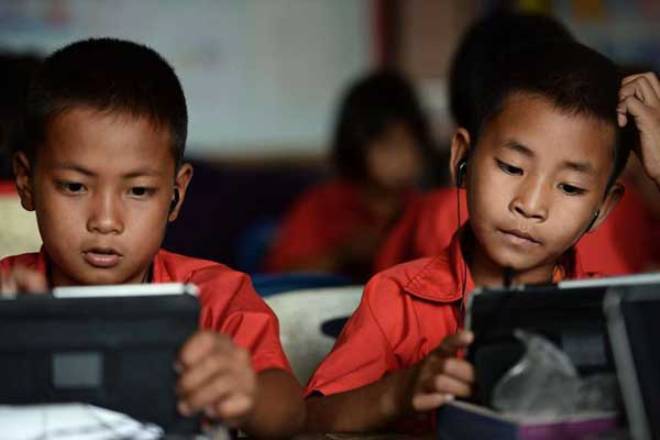
Wednesday December 13, 2017

Governments and the private sector have not kept up with the game-changing pace of digital technologies as more children get exposed to the internet.
With digital technologies such as cell phones, computers, tablets and games having become ubiquitous and at least one in three internet users being a child, this explosion has ended up exposing children to new risks and harm — both on- and offline.
The United Nations Children’s Fund (Unicef), however, noted in The State of the World’s Children 2017: Children in a Digital World that millions of the most disadvantaged minors were being left behind.
“Children and young people today are digital natives, increasingly using online platforms to do their homework, connect with their peers, express their opinions, entertain themselves, access information and find solutions to the issues that affect their lives and futures,” states the report, which was released on Monday.
SOCIAL MEDIA
The report highlights digital divides and explores debates about the impact of the internet and social media on children’s safety and well-being. As digital technology rapidly evolves, it says, so can the risk to children online — from cyberbullying to misuse of their private information to online sexual abuse and exploitation.
“For better and for worse, digital technology is now an irreversible fact of our lives,” said Unicef Executive Director Anthony Lake. “In a digital world, our dual challenge is how to mitigate the harm while maximising the benefits of the internet for every child.”
The report presents Unicef’s first comprehensive look at the ways in which digital technology is affecting children’s lives and life chances, identifying dangers and opportunities.
INEQUITIES
Youth are the most connected age group with a 71 per cent online presence compared with 48 per cent of the total population. But African youth are the least connected, with around three out of five not online, against just one in 25 in Europe.
Some 56 per cent of websites are in English and many children cannot find content that they understand or is culturally relevant to them. Whereas the internet was designed for adults, it is increasingly used by children and young people.
But millions of children are missing out. A third of the youth — 346 million — are not online, exacerbating inequities and excluding children from the digital economy. The gender gap is also growing with 12 per cent more men than women online, the divide is greatest in low-income countries.